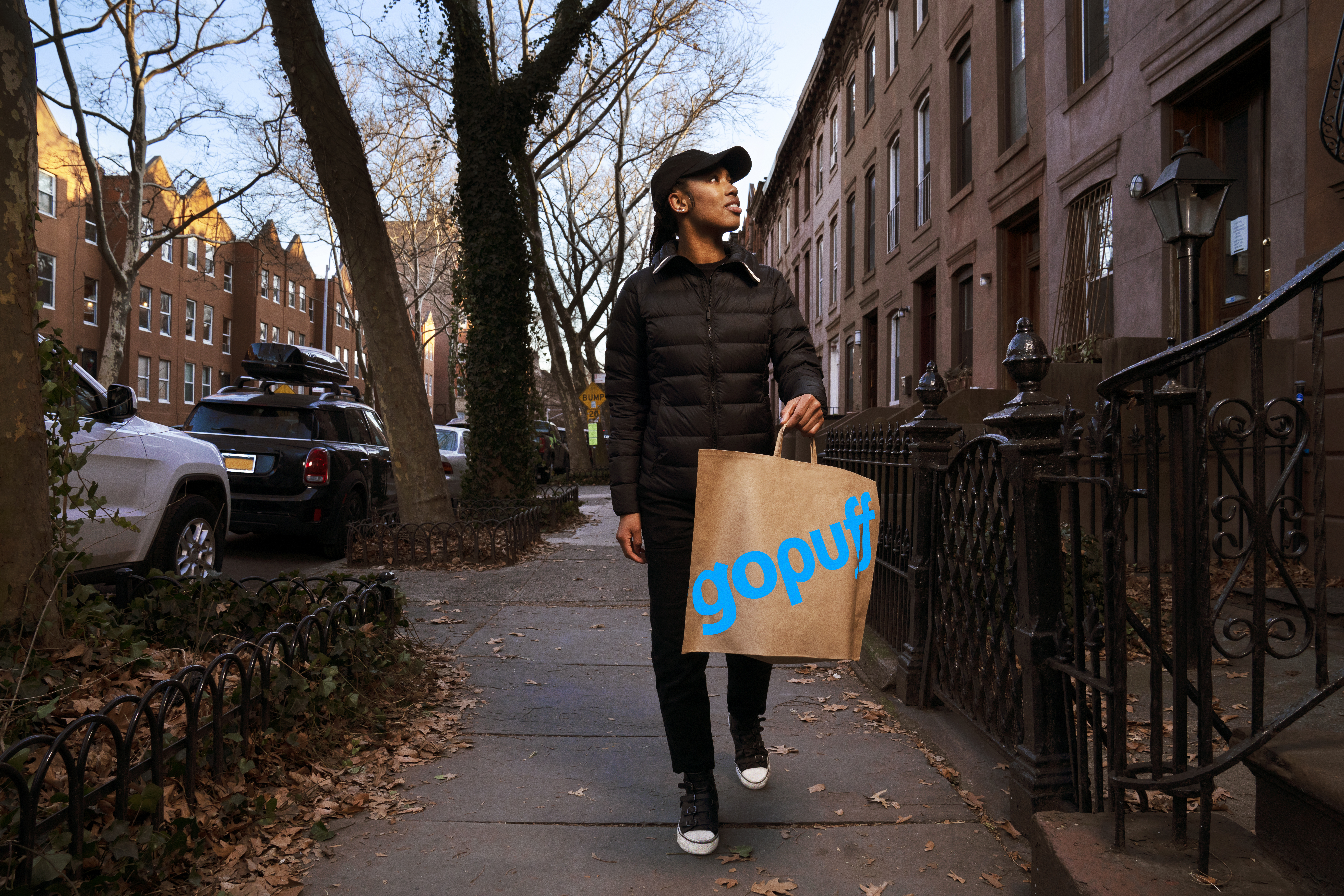Delivering by car in extreme weather conditions
No tags available
Updated
2 years ago
, by US Customer Service
Here are some essential safety tips to keep in mind while you’re out delivering in extreme weather conditions.
Drive slowly and maintain a safe following distance. Roads may be slippery, and it takes more time to brake.
Clear snow and ice. Before driving, clear all snow and ice from your vehicle, including windows, mirrors, and lights.
Brake gently to avoid skidding. If you have an anti-lock braking system (ABS), apply steady pressure. Avoid sharp turns.
Be cautious of black ice, which can be difficult to see. Be especially careful on bridges and overpasses.
Keep an emergency kit in your vehicle, including items like a blanket, flashlight, warm clothing, and non-perishable snacks.
Slow down and drive at a safe speed for wet conditions. Reduced speed helps prevent hydroplaning.
Ensure your tires have adequate tread depth and are properly inflated. Bald tires can increase the risk of hydroplaning.
Turn on your headlights, even during daylight hours. This helps other drivers see you and can prevent accidents.
Steer clear of large puddles, as they can hide potholes and other hazards. Driving through deep water can also lead to hydroplaning.
Brake early and gently to avoid skidding on wet roads. Give yourself ample time to slow down.
Stay hydrated. Hydration is crucial in extreme heat. Carry a reusable water bottle and drink plenty of fluids throughout your deliveries.
Protect against sun exposure. Wear sunglasses, a hat, and sunscreen to protect against harmful UV rays. This is especially important during peak sunlight hours.
Check your vehicle’s cooling system. Check coolant levels and address any issues promptly to prevent overheating.
Wear light, breathable clothing to reflect the sun and keep you cool while making deliveries.
Check your vehicle’s battery. Cold weather can strain your vehicle's battery. Ensure it is in good condition, and consider carrying jumper cables in case of a dead battery.
Keep your tank full to prevent fuel lines from freezing. This also ensures you have sufficient fuel for heating if needed.
Keep an emergency kit in your vehicle, including items like a blanket, flashlight, warm clothing, and non-perishable snacks.
Check your tire pressure. Cold temperatures can cause tire pressure to drop. Regularly check and maintain proper tire pressure for better traction.
.png)
